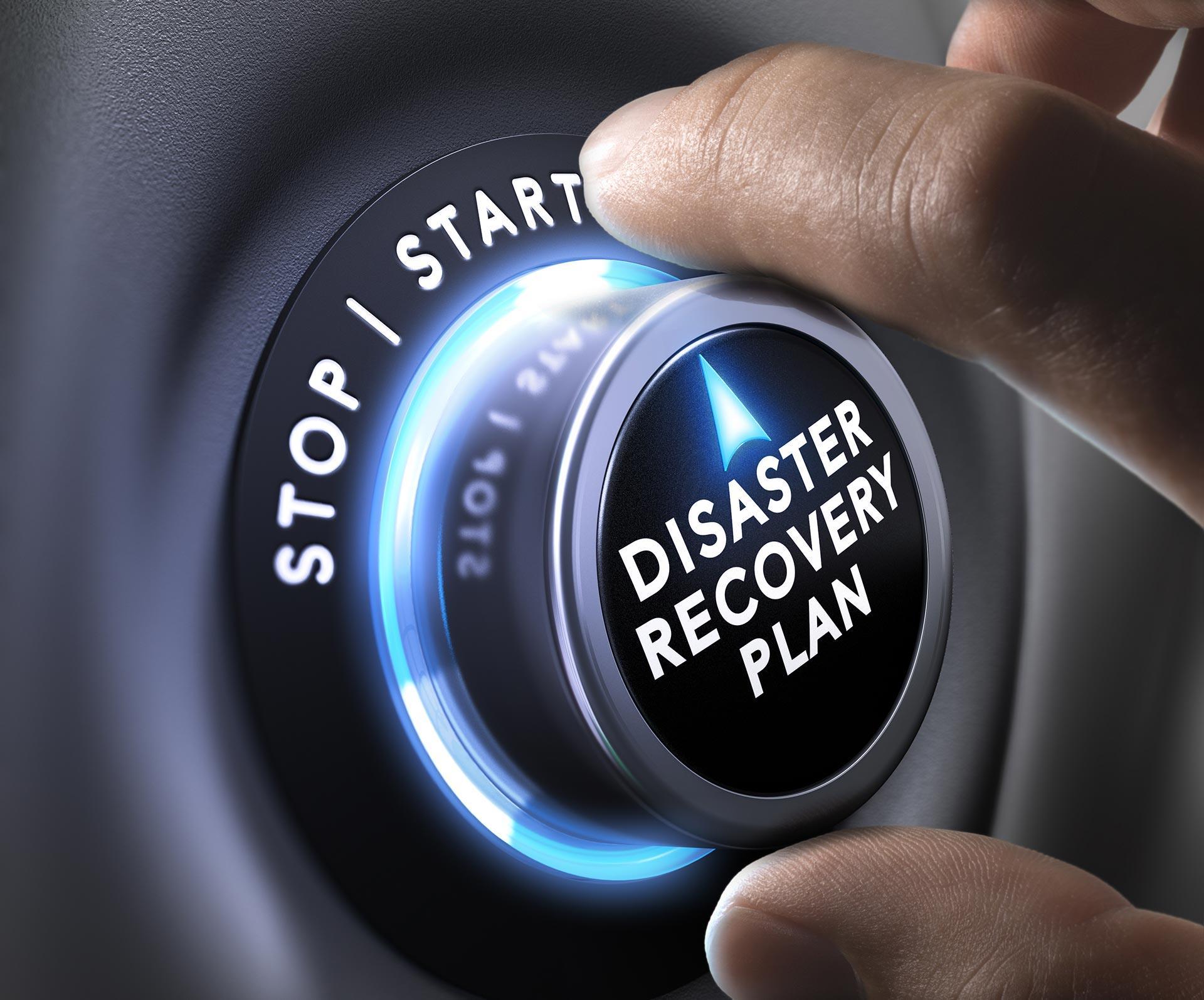It takes compliance experts with a deep understanding of the law to assess risks relating to a business, to properly train personnel, and to help compose policies and procedures regarding HIPAA compliance. That’s why we’ve compiled six reasons to hire one.
Continue reading2022 HIPAA Compliance Made Easy
The History of PCI Compliant Hosting
Any company that stores or processes financial data transactions must be PCI compliant.
To comply with the Payment Card Industry Data Security Standard (or PCI DSS) organizations must meet stringent requirements for their software design, network architecture, security management and other measures.
Organizations that do not comply have a higher chance of experiencing a data breach. Below is more information about the history of PCI DSS can help business owners appreciate why it is important.
Visa, MasterCard, Discover, and American Express originally created PCI DDS in the early 2000s to prevent credit card fraud. The major credit card companies originally banded together to develop a higher security standard since they experienced significant financial losses during the mid to late 90s.
This was partially caused by cyber criminals who took advantage of the anonymity of shopping online to commit fraud. Now merchants around the globe that accept credit cards must comply with the security programs.
As online payments became more common, the credit card brands decided to create the PCI Security Standards Council (PCI SSC). The council is an independent group that oversees the merchants and organizations that process credit card data.
The PCI Security Standard Council also periodically updates their certification standards. For example, one of their updates was requiring that online stores have a Transport Layer Security replace Secure Sockets Layers as the dominant encryption method for payments online.
We view compliance as a process instead of a one-time goal. After all, just because a company meets the PCI standards once doesn’t mean it will remain compliant permanently.
Besides striving to continuously meet and exceed PCI standards, we are vigilant about preventing data breaches and protecting cardholder’s sensitive financial information.
Do you want to learn more about PCI compliant hosting services?
Please contact us today so you can speak with one of our experienced staff members.
Important Components to Ensure PCI Compliance
Allowing customers to pay for a product or service with a credit card online is an incredible convenience for customers and a practical necessity, but requires PCI compliance.
In order to qualify to take credit card orders, you will need to be compliant with PCI compliance standard set forth by the Payment Card Industry Data Security Standard. There are several parts of PCI compliance that need to be taken into consideration.
Server PCI Compliance
One part of the PCI compliance that you will need to be in compliance with is server compliance. You will need to have the proper controls on your computer server program that will help to protect the data that is stored on the server. This will help to avoid and prevent any serious hacks from occurring and will keep your customer data safe.
Software PCI Compliance
While your hardware will need to be in compliance, your software will also need to be in PCI compliance. The software program will need to be able to properly protect all of the customer information throughout the online shopping process. This includes the process of putting items into a shopping cart, inputting credit card information, and submitting an order.
Changing Requirements
While there are PCI compliance regulations and expectations set forth today, it is important to remember that the regulations are constantly changing to keep up with changes in risks. It is important to continue to stay on top of the regulations to ensure you continue to qualify to accept credit card payments.
If you are looking to enhance your online shopping security, contact us to learn more about how we can ensure that you are in PCI compliance.
Building a Disaster Recovery Plan for HIPAA Compliance
If your business needs to follow the Health Insurance Portability and Accountability Act of 1996’s, or HIPAA’s, requirements, then you need to have a disaster recovery plan. Many small companies accidentally conflate the ideas of a business continuity plan and a disaster recovery plan. Keep the two separate and stay in compliance.
What is the difference between business continuity and disaster recovery?
Both of the two plans have similar circumstances and preparation work. They outline the procedures you have in place to keep backup data safe and ready to use in the event of an emergency, and they both have action steps for when they are triggered.
But they also serve different purposes: a business continuity plan outlines how to keep your company moving during an ongoing emergency while a disaster recovery plan outlines how your IT department will bring the backup data securely to the forefront. One is about keeping the network as undamaged as possible while the other is about repairing damaged data stores.
How can you build a robust disaster recovery plan?
Different companies use different strategies. Before you get stuck with too many options and not enough specifics online, follow these steps:
Ask your IT support company
While IT support companies can’t tell you what other businesses in your state and industry are doing, they know what every plan should include. Tap into their advice (and possible templates) so you know your plan is compliant and competitive with other plans.
Go to Health Resources & Services Administration directly
If you don’t know what your plan and cybersecurity requirements are, it’s harder to stay compliant. Even as you use other resources to pull a plan together, find what HIPAA has to say word-for-word.
If you want to get started building out your disaster recovery plan, contact us.











